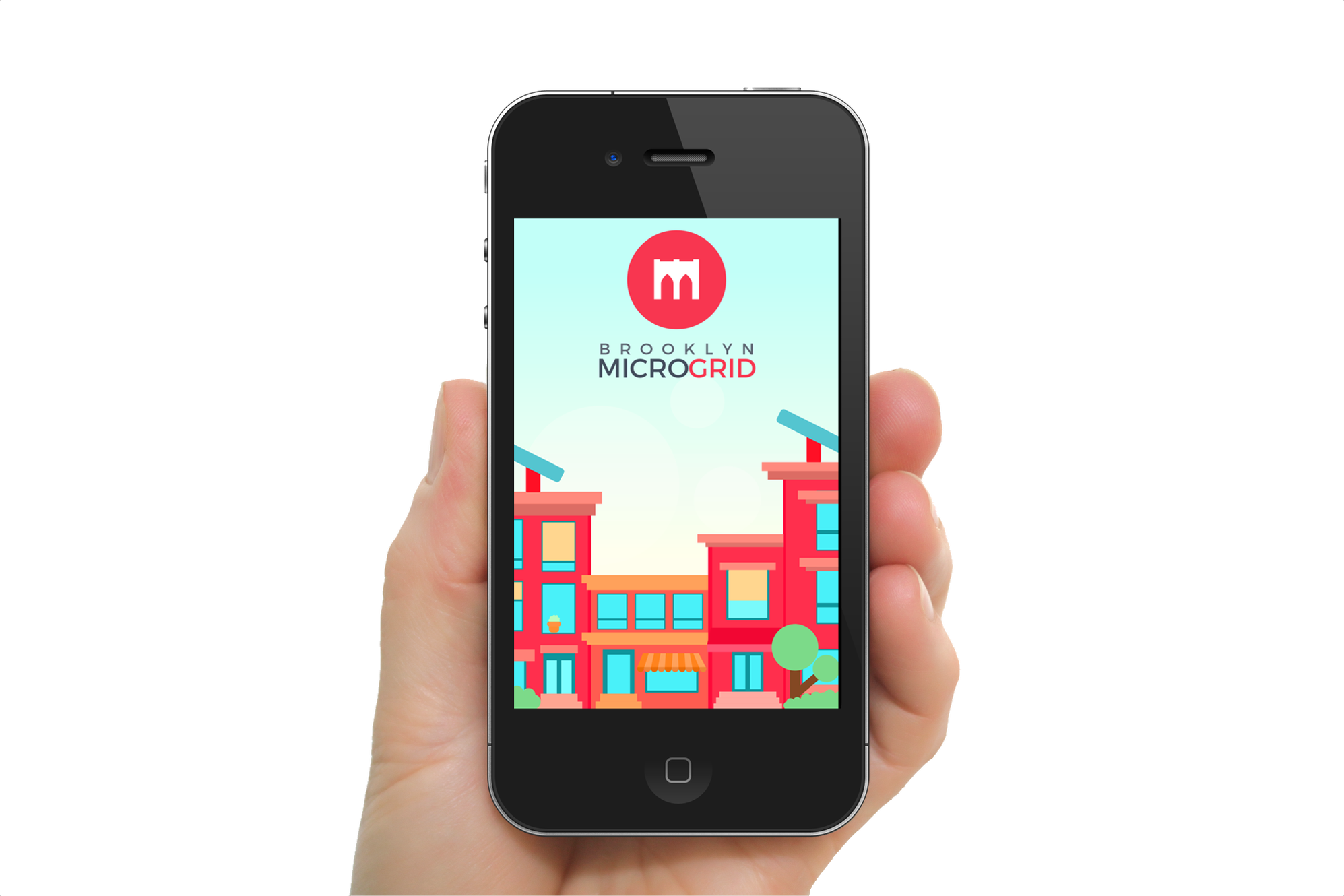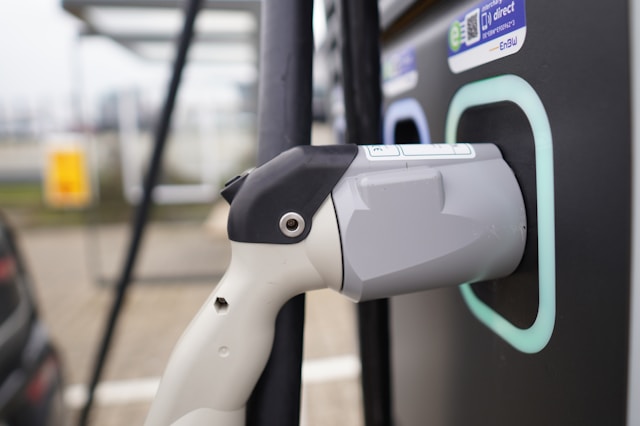What is a Microgrid?
Traditional electricity grids were built to be large remote power plants and were generally located long distances from customers. According to General Electric EcoImagination Group’s “The Rise of Distributed Power” the transition to distributed energy started two decades ago in the late 1990’s and early 2000’s. Efficiencies were expected from shifting away from centralized systems toward integrated local networks and more distributed energy resources located near customer locations. The transition is also the result of challenges related to political, technical, environmental and funding constraints of building large power plants and distribution systems. Microgrids are small, easier to finance, quicker to build and operate and can be added as new energy needs arise.
Microgrids are also great for countries like Brazil, India and China which have huge populations with lower per capita income levels and where smaller distributed projects often make more sense than huge plants.
Microgrids Provide More Resiliency to Local Areas
Today cities, communities and campuses across the United States and around the world are searching for greater energy efficiency, reliability and resiliency as they grapple with environmental and economic challenges.
These groups are building microgrids that leverage local energy, heat and power systems. Smart microgrids make it easier to control, produce and distribute electricity and thermal energy to local customers while simultaneously operating in parallel with large regional electric grid operators.
Advantages of Microgrids
Using advanced technologies such as responsive balancing of capacity microgrids more efficiently handle succeed in lowering peak electricity demand and relieving strain on large grids. Over time, microgrids also reduce and eventually eliminate intermittent renewable resources as batteries are now able to store energy over longer and longer time periods. Finally, microgrids run in parallel with larger grids can connect or supplement large grids through efficiently managing energy consumption.
Following is a YouTube video explaining the transition from large grids to microgrids:
According to Microgrid Knowledge website the following 26 companies and organizations are the “most active players in shaping the future of the microgrid industry:
- ABB – ABB is engaged in power and automation technologies. The company provides a range of products, systems, solutions, and services. Its power businesses focus on power transmission, distribution, and power-plant automation and serve electric, gas and water utilities, as well as industrial and commercial customers.
- AlphaStruxure – AlphaStruxure unites The Carlyle Group and Schneider Electric to deliver clean, resilient, and cost-effective energy systems – with zero capital expenditure from organizations.
- Ameresco – Ameresco, Inc. provides energy efficiency solutions for facilities in North America. The company engages in the development, design, engineering, and installation of projects that reduce the energy, as well as operation and maintenance costs of governmental, educational, utility, healthcare, and other institutional, commercial, and industrial entities facilities.
- Bloom Energy – Bloom Energy is changing the way the world generates and consumes energy. Their unique on-site power generation systems utilize an innovative new fuel cell technology with roots in NASA’s Mars program.
- Concentric Power – Concentric Power creates high-efficiency energy modules for onsite electric power generation and low temperature refrigeration. By generating electric power and thermal energy at the same time, Concentric Power captures heat that would otherwise be lost during the production of electricity and instead provides a clean energy solution.
- Concord Engineering – Concord Engineering Group is an engineering company that offers construction management and commissioning services.
- Duke Energy – Duke Energy makes life better for millions of people everyday by providing electric and gas services in a sustainable way affordable, reliable and clean. They are one of the largest electric power companies in the United States, supplying and delivering energy to approximately 4 million U.S. customers.
- Dynapower – Since 1963, Dynapower has designed and built power electronics that meet some of the most challenging power conversion demands for Fortune 500 companies, small enterprises, research institutions, and government agencies the world over. Dynapower designs and builds all manner of power electronics — energy storage inverters, rectifiers, custom transformers, frequency converters — in their 150,000 square foot vertically integrated facility in South Burlington, Vermont.
- Eaton – Eaton Corporation is a diversified power management company with 2009 sales of $11.9 billion. Eaton is a global technology leader in electrical components and systems for power quality, distribution and control; hydraulics components, systems and services for industrial and mobile equipment; aerospace fuel, hydraulics and pneumatic systems for commercial and military use; and truck and automotive drivetrain and powertrain systems for performance, fuel economy and safety.
- Exelon – Exelon Corporation is an American energy producer, trader, and distributor. The company provides services for energy generation businesses in the United States. The company owns, contracts, and invests in electric generating facilities such as nuclear, fossil, and hydroelectric generation facilities, as well as wind and solar facilities.
- FuelCell Energy – FuelCell Energy, Inc. (NASDAQ: FCEL) is an integrated fuel cell company that designs, manufactures, installs, services and operates stationary baseload fuel cell power plants.
- General Electric – General Electric Company offers infrastructure and financial services worldwide. It operates in various segments, including power and water, oil and gas, energy management, aviation, healthcare, transportation, appliances and lighting, GE capital, and more. Its power and water segment offers gas, steam and aeroderivative turbines, nuclear reactors, generators, combined cycle systems, controls, and related services; wind turbines; and water treatment services and equipment.
- Microgrid Resource Coalition – Promoting widespread adoption of microgrids through policy and regulatory reforms.
- National Grid – National Grid facilitates electricity and gas transmission system and focuses on delivering clean energy. They are one of the world’s largest investor-owned energy companies, committed to delivering electricity and gas safely, reliably and efficiently to the customers and communities they serve.
- Navigant – Navigant Research is a market research and consulting team that provides in-depth analysis of global clean technology markets. The team’s research methodology combines supply-side industry analysis, end-user primary research and demand assessment, and deep examination of technology trends to provide a comprehensive view of these industry sectors. Emerging technology markets are inherently rife with uncertainty and risk. Navigant Research provides its clients with market intelligence designed to clarify investment and expansion opportunities for industry participants.
- NRG Energy – NRG is at the forefront of changing how people think about and use energy. Whether as the largest solar power developer in the country or by giving customers the latest tools to better manage their energy use, NRG is a pioneer in developing smarter energy choices. Our diverse power generating facilities have a capacity of about 52,000 megawatts, capable of supporting almost 42 million homes.
- Pacific Gas & Electric – The Pacific Gas and Electric Company is an investor-owned utility with publicly traded stock
- POWER Engineers – POWER Engineers is a global consulting engineering firm specializing in the delivery of integrated solutions for energy, food and beverage, facilities, communications, environmental, and federal markets.
- PowerSecure – PowerSecure International, Inc. is a leading provider of utility and energy technologies to electric utilities, and their industrial, institutional and commercial customers. PowerSecure provides products and services in the areas of Interactive Distributed Generation ® (IDG®), energy efficiency and utility infrastructure.
- S and C Electric – S&C Electric Company is a global provider of equipment and services for electric power systems. Founded in 1911, the Chicago-based company designs and manufactures switching and protection products for electric power transmission and distribution. S&C’s products help deliver electric power efficiently and reliably. Some are used to switch circuits.
- Schweitzer Engineering Laboratories (SEL) – High-Availability Computing and Communications for Harsh Environments. SEL serves industry worldwide through the design and manufacture of Linux and open-source tested computers for the most demanding applications and environments. For more than 30 years, SEL has provided industry-leading performance in products, services, local technical support, and a ten-year worldwide warranty.
- Siemens – Siemens AG, an electronics and electrical engineering company, operates in the industry, energy, and healthcare sectors worldwide. The company, formerly known as Siemens & Halske, was founded in 1847 and is headquartered in Munich, Germany. Siemens’ principal activities are in the fields of industry, energy, transportation and healthcare.
- Solar Turbines – Headquartered in San Diego, California, USA, Solar Turbines Incorporated, a subsidiary of Caterpillar Inc., is one of the world’s leading manufacturers of industrial gas turbines, with more than 13,800 units and over 1.3 billion operating hours in 98 countries. Products from Solar Turbines play an important role in the development of oil, natural gas and power generation projects around the world. Solar Turbines’ products include gas turbine engines (rated from 1590 to 30,000 horsepower), gas compressors, and gas turbine-powered compressor sets, mechanical-drive packages and generator sets (ranging from 1.1 to 22.4 megawatts).
- Veolia – Veolia UK is part of a worldwide Group of companies, with over 163,000 employees worldwide, the Group designs and provides water, waste and energy management solutions that contribute to the sustainable development of communities and industries. Through its three complementary business activities, Veolia helps to develop access to resources, preserve available resources, and to replenish them.
Previous IndustryTap’s Top 5 Articles on Microgrids:
- How Cooperative Communities Benefit from Sharing Multiple Electric Microgrids
- Power Ledger Blockchain Startup Inks Agreement with Northwestern University
- Smart Grid Design & New Methods of Energy Generation
- Elon Musk Believes 160 Million of Tesla’s New Powerpacks Could Power the Entire United States
- Solar Panels Could Destroy US Utilities According to US Utilities






